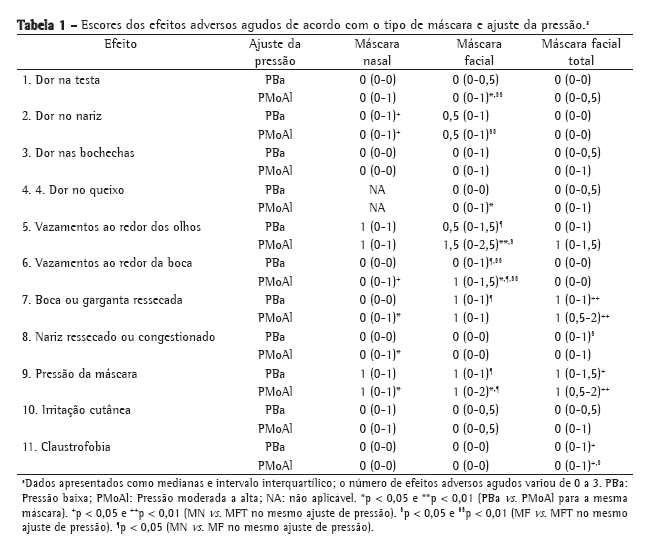

Magda Maruza, Ricardo Arraes de Alencar Ximenes, Heloísa Ramos Lacerda
ABSTRACT
Objective: To compare the frequency of unfavorable outcome (death or default and treatment failure) between tuberculosis (TB)/HIV co-infected patients treated for TB after laboratory confirmation of the diagnosis and TB/HIV co-infected patients who were so treated without diagnostic confirmation. Methods: A retrospective cohort of TB/HIV co-infected patients who started TB treatment between July of 2002 and June of 2004 at an HIV/AIDS referral center in Recife, Brazil. The main exposure variable, laboratory confirmation of TB, was adjusted for three different sets of variables: sociodemographic variables; HIV/AIDS-related variables; and TB-related variables. In order to evaluate the statistical significance of the results, we calculated odds ratios, with 95% confidence intervals, and p values (from chi-square tests and likelihood ratio tests). Results: A total of 262 patients were studied. No association was found between laboratory confirmation of the diagnosis of TB at treatment outset and unfavorable outcome, even after adjustment for confounders. In the final multiple logistic regression model, the following variables remained: the presence of other opportunistic diseases; CD4 lymphocyte count below 50 cells/mm3; viral load between 10,000 and 100,000 copies/mL; dyspnea; the disseminated form of TB; and change in the TB treatment regimen due to adverse reactions or intolerance. Conclusions: Our results suggest that TB treatment in TB/HIV co-infected patients without etiologic confirmation of TB, at the discretion of experienced physicians in referral centers, did not increase the risk of unfavorable outcomes. In addition, it allowed the identification of groups that should be closely monitored due to a greater risk of unfavorable outcomes.
Keywords: Tuberculosis; Diagnosis; Therapeutics; Treatment outcome; HIV infections.
RESUMO
Objetivo: Comparar a freqüência de desfecho desfavorável (óbito, abandono e falência de tratamento) entre pacientes com co-infecção tuberculose (TB)/HIV submetidos a tratamento para TB com confirmação etiológica do diagnóstico e pacientes co-infectados com TB/HIV e tratados sem confirmação diagnóstica. Métodos: Coorte retrospectivo de pacientes co-infectados com TB/HIV que iniciaram tratamento para TB entre julho de 2002 e junho de 2004, em um serviço de referência para HIV/AIDS no Recife (PE) Brasil. A exposição principal, confirmação laboratorial da TB, foi ajustada pelas variáveis de três blocos: variáveis sócio-demográficas; variáveis relacionadas ao HIV/AIDS; e variáveis relacionadas à TB. Para avaliar a significância estatística dos resultados, utilizaram-se o intervalo de confiança de 95% das odds ratios e o valor de p (teste de qui-quadrado e razão de verossimilhança). Resultados: Foram estudados 262 pacientes. Não se observou associação entre confirmação laboratorial do diagnóstico de TB e desfecho desfavorável, mesmo após o ajuste pelos fatores de confusão. Permaneceram no modelo final da regressão logística múltipla: coexistência de outras doenças oportunistas; contagem de linfócitos CD4 abaixo de 50 células/mm3; carga viral entre 10.000 e 100.000 cópias/mL; dispnéia; forma disseminada de TB; e mudança do tratamento da TB por reação adversa ou intolerância. Conclusões: Os resultados sugerem que o tratamento para TB sem confirmação etiológica, em pacientes co-infectados, baseado na decisão de profissionais experientes em serviços de referência, não aumentou o risco de desfecho desfavorável do tratamento para TB. Além disso, identificaram-se grupos com maior risco de desfecho desfavorável, os quais devem ser cuidadosamente monitorados.
Palavras-chave: Tuberculose; Diagnóstico; Terapêutica; Resultado de tratamento; Infecções por HIV.
Introdução



